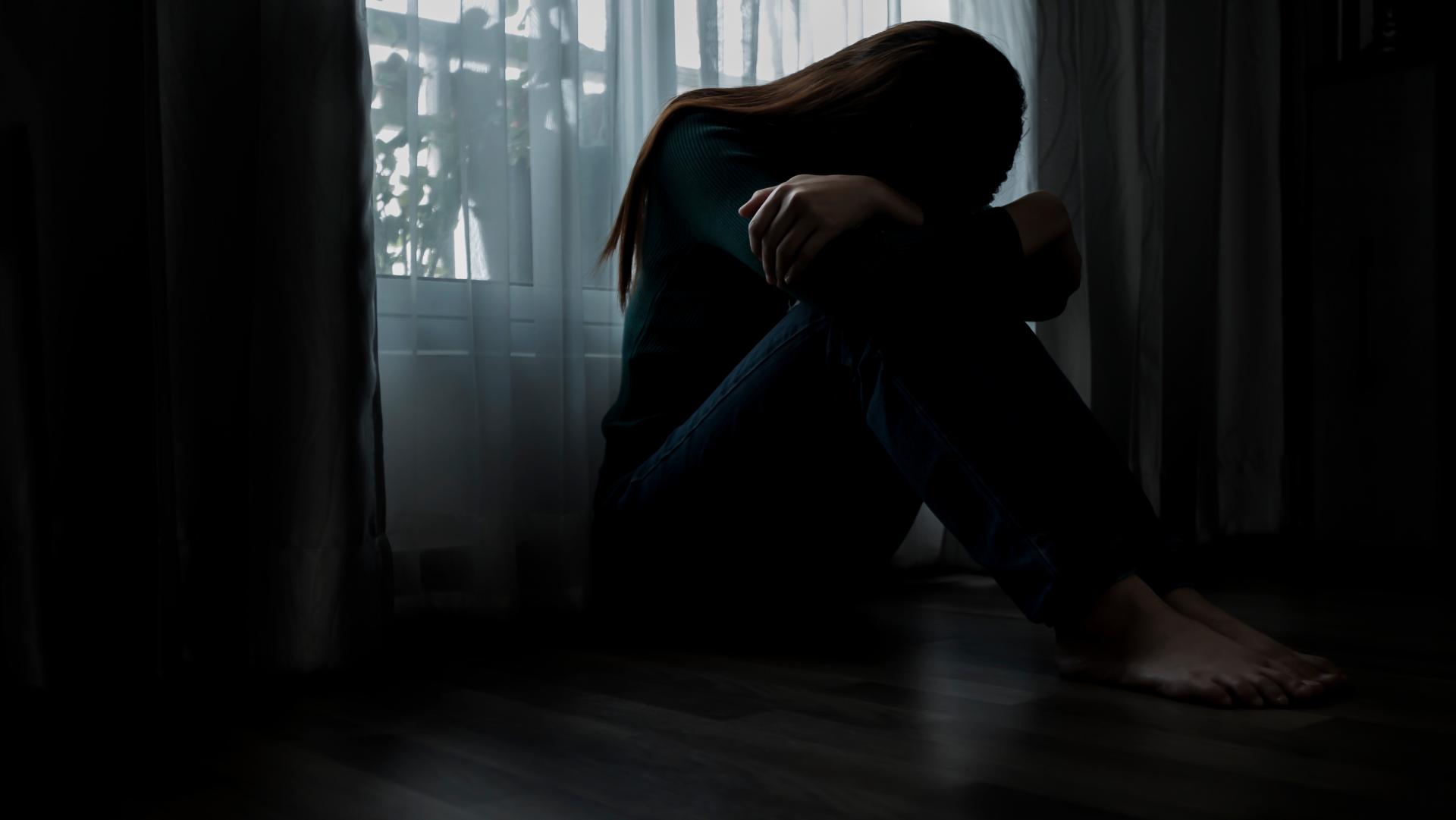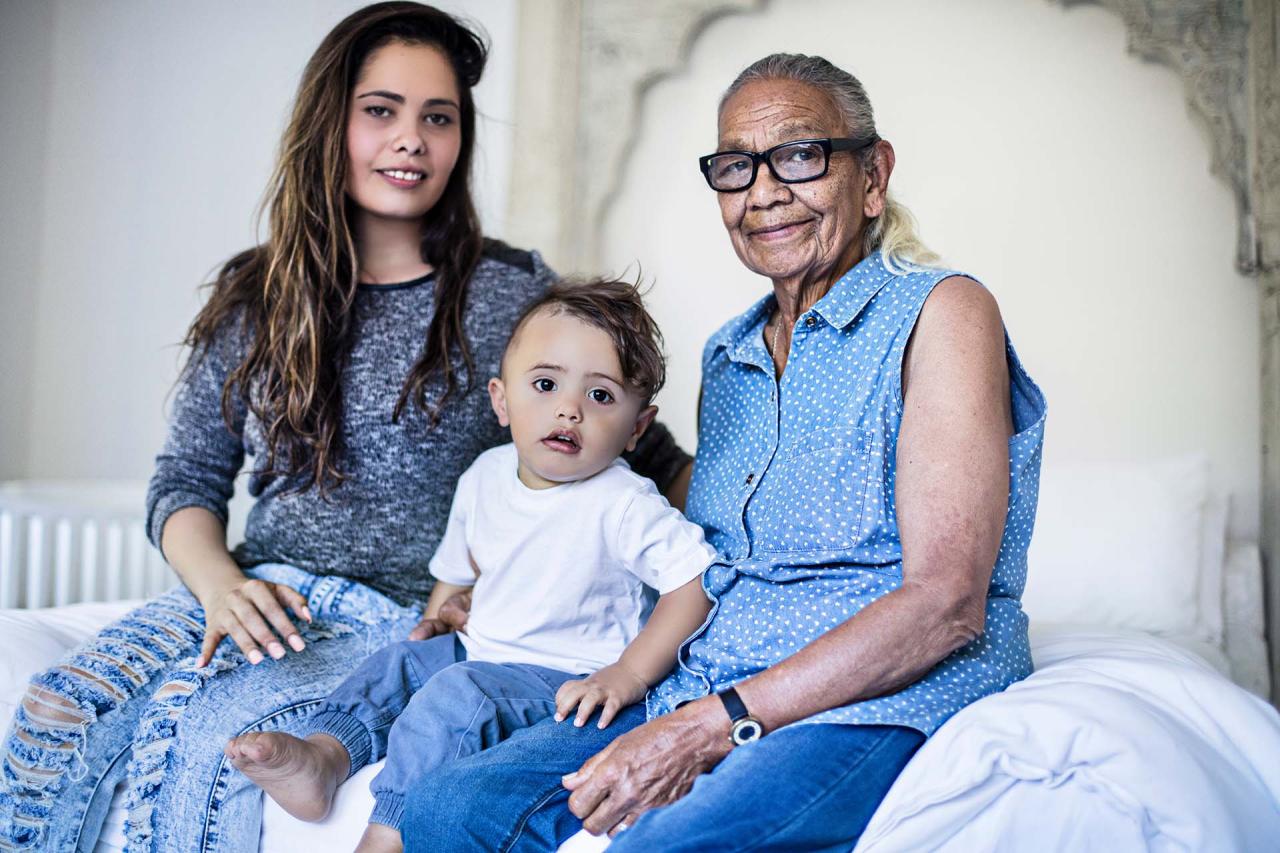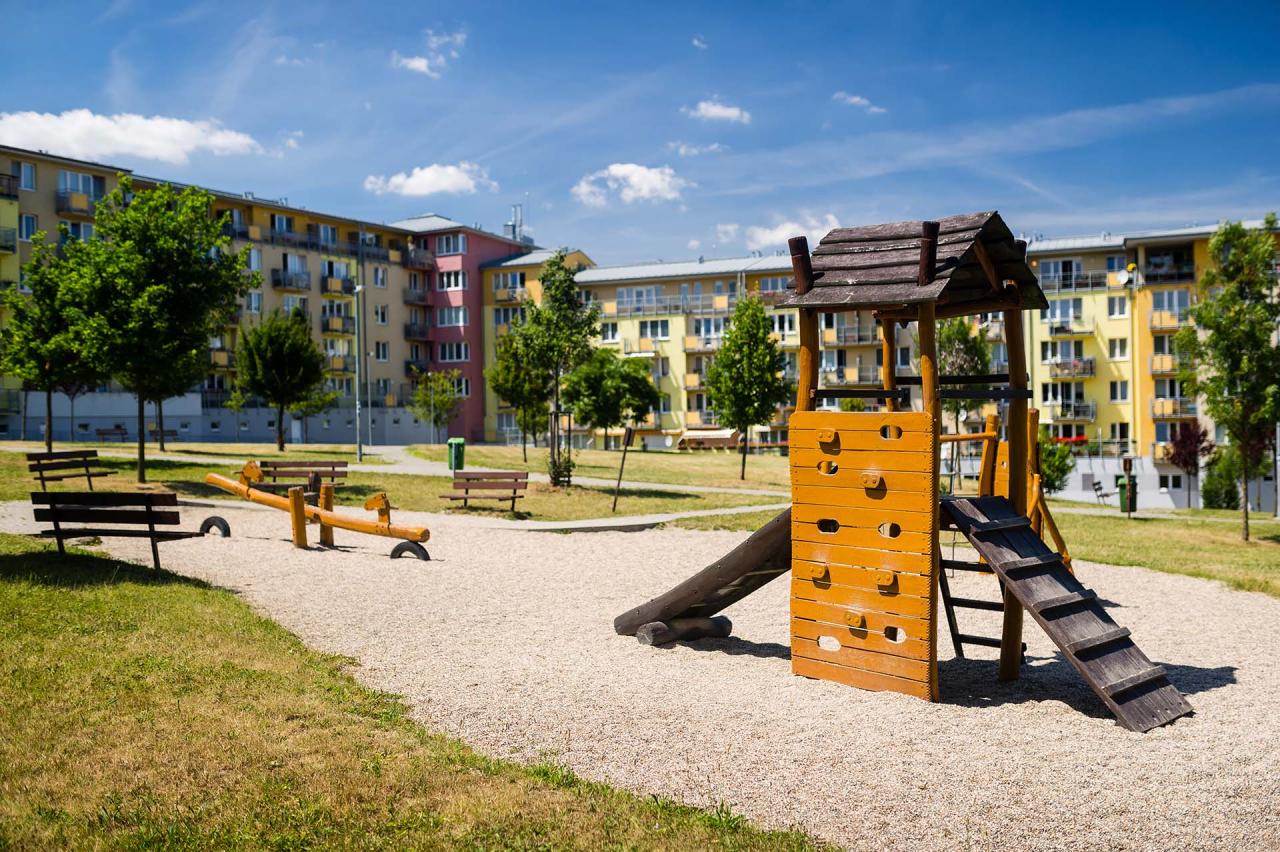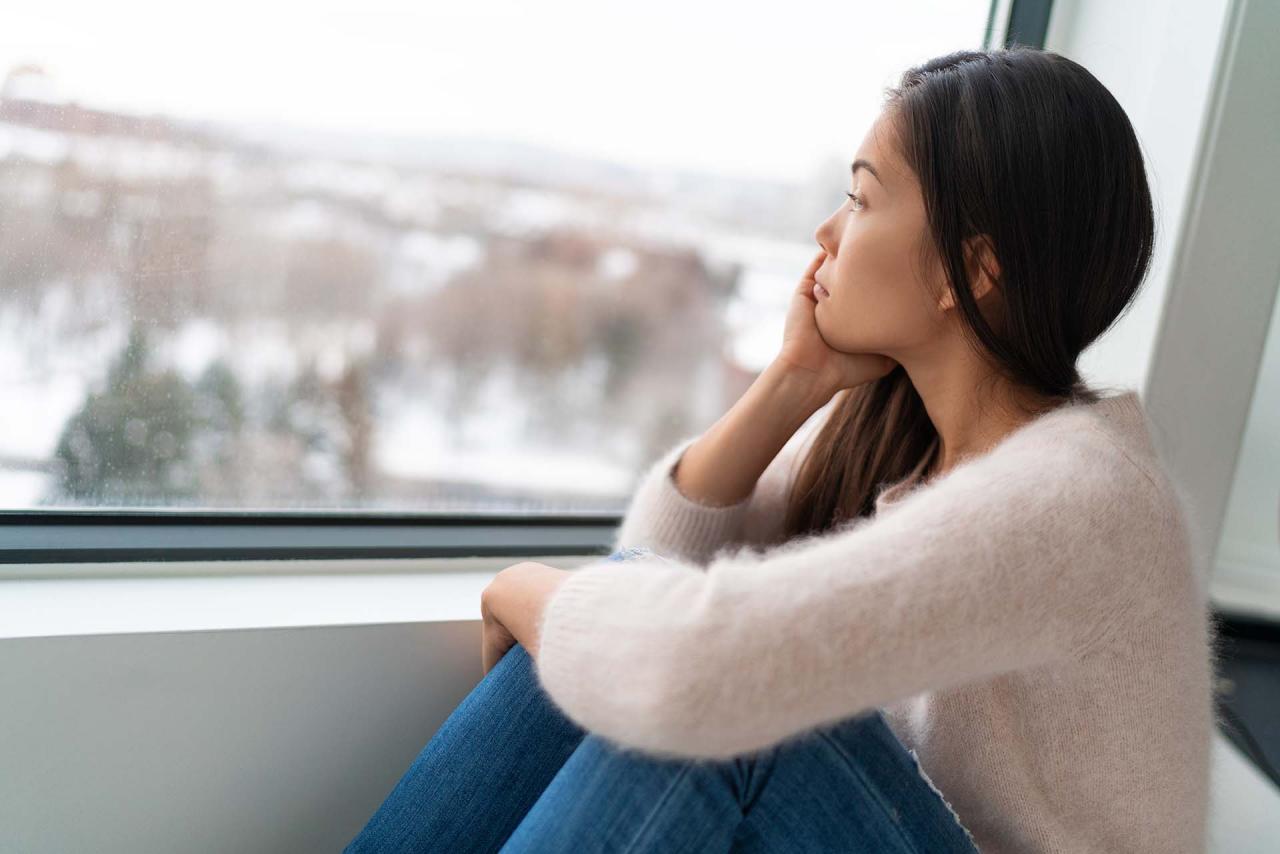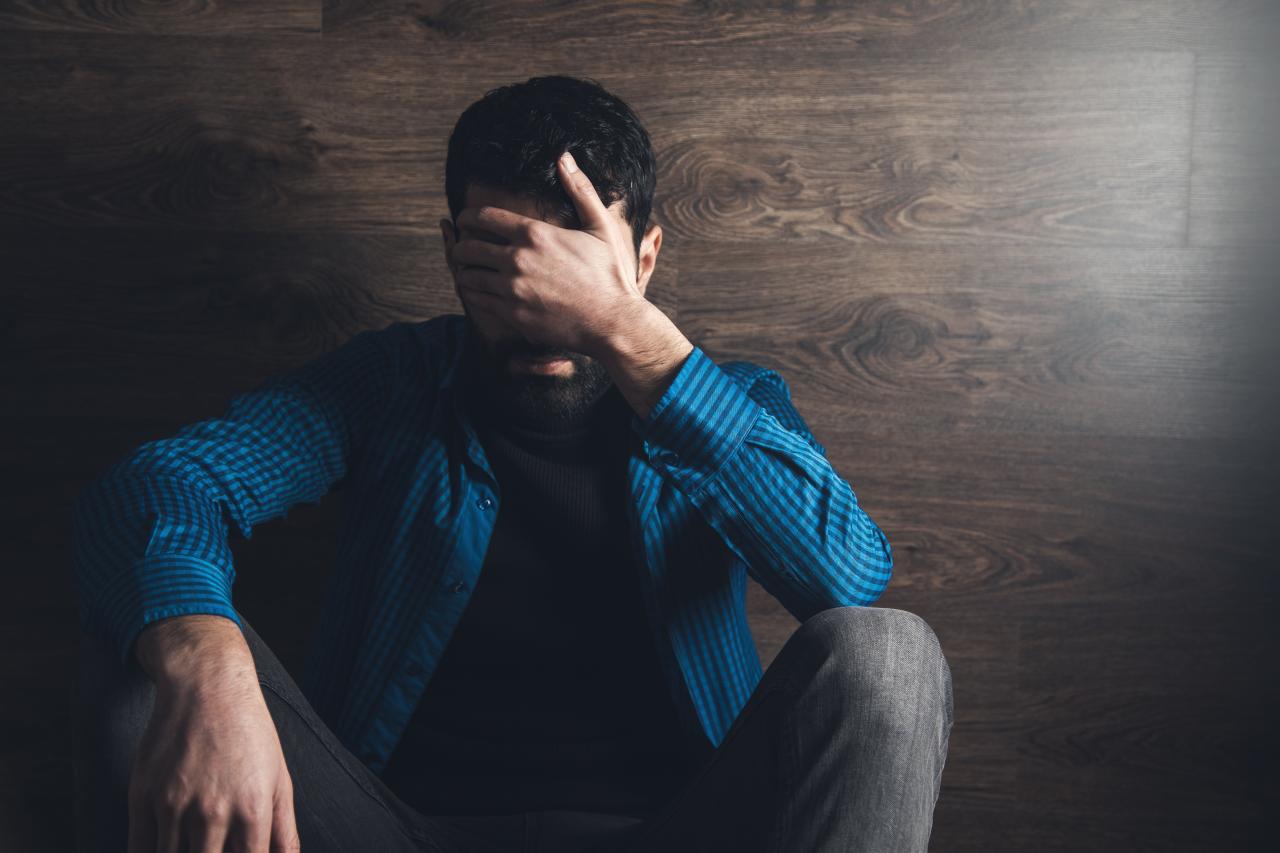Family violence occurs at higher rates in Aboriginal and Torres Strait Islander communities than in the general Australian population, with the rate of hospitalisation for Indigenous women due to Family violence being 8 per 1,000 women and 0.2 per 1,000 for non-Indigenous women. In addition, Indigenous males were 27 times as likely to be hospitalised for family violence as non-Indigenous males.
Creating sustainable and sensitive policy solutions that incorporate housing outcomes must be framed in terms of culturally appropriate responses. The Australian Human Rights Commission Social Justice Report (2003) identifies that:
- In understanding Aboriginal world views in relation to Family Violence, it has to be understood that an Aboriginal woman cannot be considered in isolation, or even as part of a nuclear family, but as a member of a wider kinship group or community that has traditionally exercised responsibility for her wellbeing as she exercises her rights within the group.
- … Strategies for addressing family violence in Indigenous communities need to acknowledge that a consequence of this is that an Indigenous woman 'may be unable or unwilling to fragment their identity by leaving the community, kin, family or partners' as a solution to the violence.
- …(C)hoosing to leave the family 'with all its complexly embedded ties of mutual responsibility and obligation, and connection with country and culture - is not an option'.
- …A practical example of how this manifests is the different way that Indigenous and non-Indigenous women use refuges and shelters. The latter tends to use them as an exit point from abusive relationships, whereas Indigenous women use them as a temporary respite.
In particular, regional and remote locations suffer from acute shortages in crisis, transitional and long-term housing, resulting in Indigenous women and children who are escaping DFV being turned away from ‘at capacity’ refuges and safe houses. In these circumstances Indigenous women and children become trapped in a revolving process between crisis housing services, homelessness and returning to an unsafe home. This situation is likely a key factor in the high rates of domestic and family violence-related injury and death amongst Indigenous women.
Not having a safe home also means state and territory child protection services are more likely to require children to be taken from their mother and placed in out-of-home care. Being reunified with their mother is also affected if long-term stable housing cannot be secured (generally within a 12 month timeframe) as current prescribed State and Territory legislative and policy imposes time limits for transitioning children to permanent care. This is a significant concern for Indigenous women and their families given the historical legacy for child removals and increasing over-representation of Indigenous children in out-of-home care.
Safe house program
The Northern Territory Emergency Response (NTER) Safe House program specifically targeted remote Indigenous communities, providing women and children at risk of physical harm from other family members with safe emergency accommodation.
The 2011 evaluation report of the NTER states that 20 remote and two urban safe houses were constructed or refitted.
Between April 2009 and June 2011, 802 women and 651 accompanying children accessed Women’s Safe Houses.
Due to delays in establishing the Safe House program, the use of shipping containers for construction, community distrust because of the context of the NTER and lack of community consultation, the safe houses were initially under utilised. The speed of the NTER meant they were also not always established in the area of highest need.
As the safe houses offer crisis accommodation in communities which often lack any other form of housing support they can lead to problems of crowding. AHURI research identifies that the way the safe houses are used is ‘distinct from the women's shelter model in which immediate shelter is provided as a first step on the women's pathway to economic and social independence from her abusive male partner. Instead they are mostly used as a form of respite in situations where the home may be unsafe because the perpetrator is drinking and the woman can stay away with her children till the risk of violence has passed.’
Very few safe houses are integrated with other services and most provide only limited - or no - ongoing support or referral so they do nothing to address the underlying problems and provide no long-term solutions.
The 2011 evaluation of the NTER revealed that, in communities where they were established, 69.9 per cent ‘of people think the safe house has made some difference to safety in their communities—almost one-third of those people think safe houses have made ‘a big difference’ to safety’.
Program addressing male violence
The importance of having culturally appropriate programs is also seen in the proposal by the Aboriginal Male’s Healing Centre (AMHC) in Newman (in the Pilbara region of Western Australia) to develop a 28-bed residential rehabilitation center for Indigenous men who have committed DFV. [While the proposal has received support from governments and several large businesses, the center has not yet received funding for construction.]
An important understanding of the AMHC’s program is that ‘Aboriginal men often find it hard to get non-Aboriginal people to understand and respect their cultural values. Programs that are imposed without the development of community relationships and which are not culturally ‘safe’ places, prove difficult to develop and sustain.’ As the program will be controlled and run by Aboriginal people it ‘offers an opportunity for Aboriginal men who use violence to remain on country and reconnect with their culture’.
The Centre intends to break the cycles of intergenerational family violence and to de-normalise violence in communities, and to ‘offer an alternative to incarceration for men that use violence against women and children.’
The AMHC’s 12-month residential healing program will incorporate ‘western clinical rehabilitation methods underpinned by Aboriginal culture and lore as the key healing element.
All programs are developed and delivered by respected Elders in collaboration with the clinical team. The AMHC will offer a holistic approach to healing over an extended period giving enough time for the men to develop life skills, a sense of responsibility, meaningful employment, good physical health and emotional and spiritual strength.’

